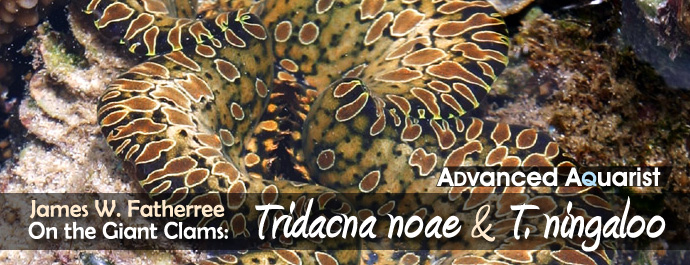
On the Giant Clams: Tridacna noae and T. ningaloo
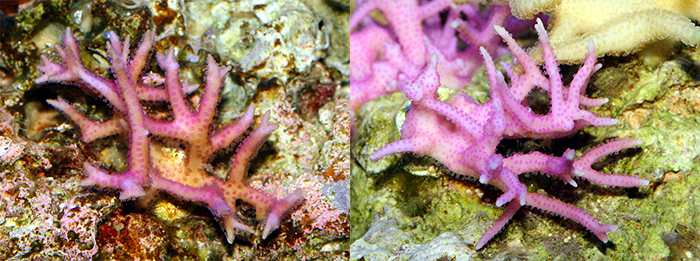
The Bird’s Nest Corals: Species of the Genus Seriatopora
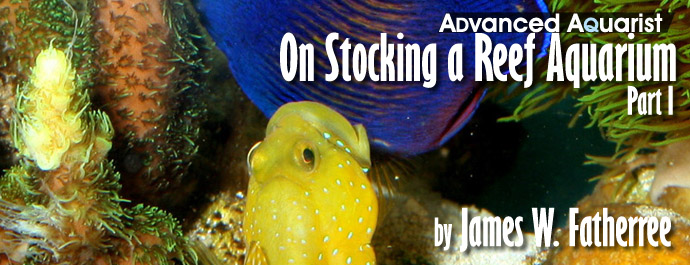
On Stocking a Reef Aquarium: Part I
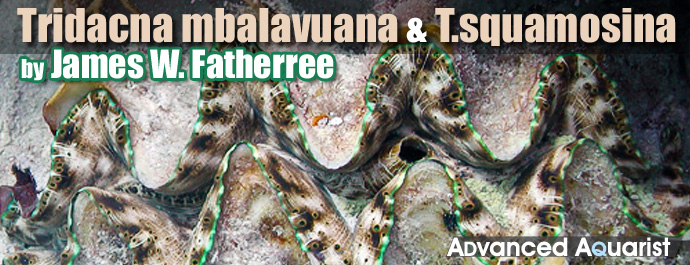
On the Giant Clams Tridacna mbalavuana and T. squamosina
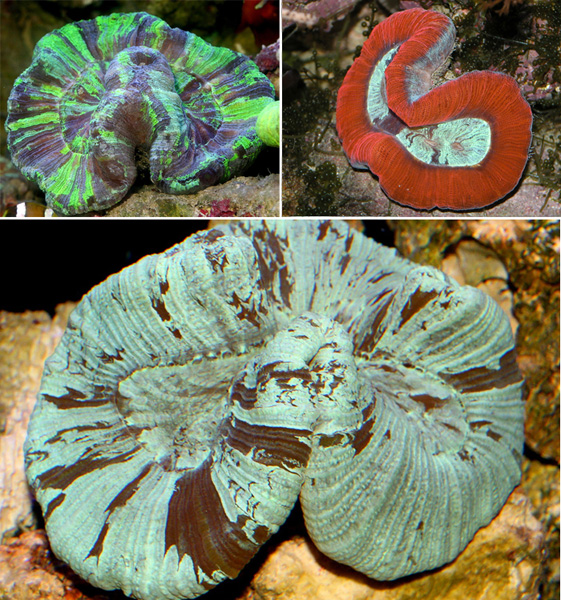
Look at Trachyphyllia geoffroyi: the Open Brain Coral

The Basics of Giant Clam Biology and Care
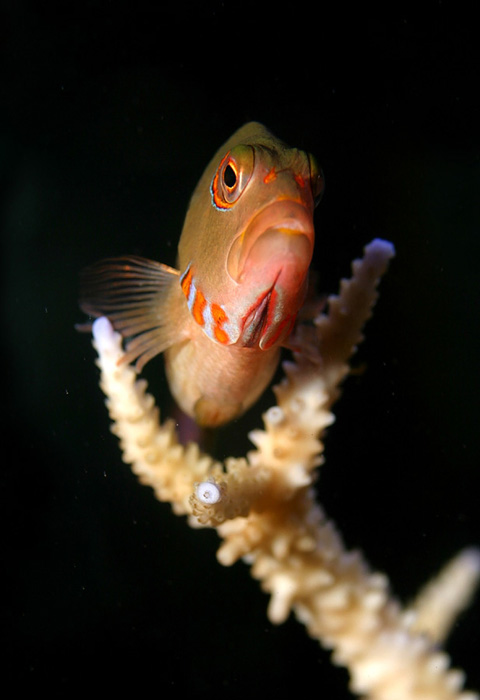
The Hawkfishes
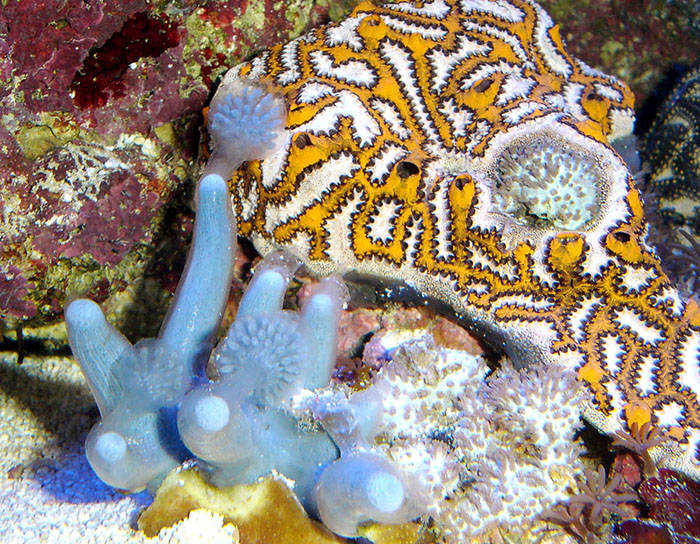
An Introduction to Tunicates
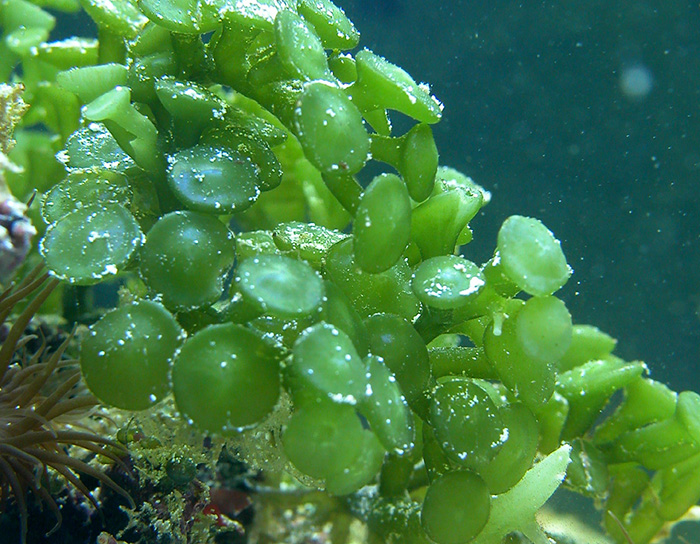
A Look at the Macroalgae Caulerpa


